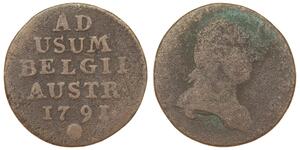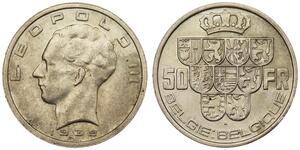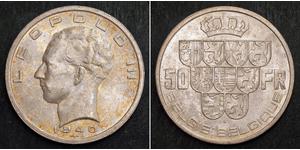[ 5863] PAPHLAGONIA: AMASTRIS Silver Stater (24mm, 9.57 gr.) Struck 285-250 B.C. The masterpiece of Greek coinage! Reference: BMFA 1362 (same dies). RG 11. Pedigree: From the Gallice Collection, E. Bourgey, 5 December 1932, 203 and from the collection of Gustave Burel, Feuardent, 11 June 1913, 254. Head of Mithras to right wearing Persian mitra adorned with laurel wreath and star. ΑΜΑΣΤΡΙΕΩΝ Aphrodite seated left on throne, holding Nike and lotos-tipped scepter; below throne, monogram; to left, rose. * Numismatic Note: Very rare representation of Mithras on an ancient Greek coin. Provided with certificate of authenticity. CERTIFIED AUTHENTIC by Sergey Nechayev, PhD - Numismatic Expert The Mithraic Mysteries or Mysteries of Mithras (also Mithraism) was a mystery religion centered on the god Mithras, became popular among the military in the Roman Empire, from the 1st to 4th centuries AD. Information on the cult is based mainly on interpretations of the many surviving monuments. The most characteristic of these are depictions of Mithras as being born from a rock, and as sacrificing a bull. His worshippers had a complex system of seven grades of initiation, with ritual meals. They met in underground temples, which survive in large numbers. Little else is known for certain. Situated in the ancient region of Paphlagonia, the original city seems to have been called Sesamus (Greek: Σήσαμος), and it is mentioned by Homer in conjunction with Cytorus. Stephanus says that it was originally called Cromna; but in another place, where he repeats the statement, he adds, as it is said; but some say that Cromna is a small place in the territory of Amastris, which is the true account. The place derived its name Amastris from Amastris, the niece of the last Persian king Darius III, who was the wife of Dionysius, tyrant of Heraclea, and after his death the wife of Lysimachus. Four small Ionian colonies, Sesamus, Cytorus, Cromna, also mentioned in the Iliad, and Tium, were combined by Amastris, after her separation from Lysimachus, to form the new community of Amastris, placed on a small river of the same name and occupying a peninsula. Tium, says Strabo, soon detached itself from the community, but the rest kept together, and Sesamus was the acropolis of Amastris. From this it appears that Amastris was really a confederation or union of three places, and that Sesamus was the name of the city on the peninsula. This may explain the fact that Mela mentions Sesamus and Cromna as cities of Paphlagonia, and does not mention Amastris. The territory of Amastris produced a great quantity of boxwood, which grew on Mount Cytorus. Its tyrant Eumenes presented the city of Amastris to Ariobarzanes of Pontus in c. 265–260 BC rather than submit it to domination by Heraclea, and it remained in the Pontic kingdom until its capture by Lucius Lucullus in 70 BC in the second Mithridatic War. The younger Pliny, when he was governor of Bithynia and Pontus, describes Amastris, in a letter to Trajan, as a handsome city, with a very long open place (platea), on one side of which extended what was called a river, but in fact was a filthy, pestilent, open drain. Pliny obtained the emperor's permission to cover over this sewer. On a coin of the time of Trajan, Amastris has the title Metropolis. It continued to be a town of some note to the seventh century of our era. The city was not abandoned in Byzantine Era, when the acropolis was transformed into a fortress and the still surviving church was built. It was sacked by the Rus during the First Russo-Byzantine War in the 830s. But it was in 1261 that Amastris regained part of its former importance; in that year the town was taken by the Italian city-state of Genoa in its bid to obtain sole control of the Black Sea trade. Genoese domination ended in 1460 when the Ottoman Sultan Mehmed II conquered the whole Anatolian shores of the Black Sea. Amastris (in Greek Aμαστρις; 306 - killed 284 BC), also called Ama ...
Mehr...

|
Beigetragen von:
anonymous 2015-08-18 |
Similar Coin Groups

10 Mark Deutsche Demokratische Republik ...
Diese Gruppe hat 9 Münzen / 9 Preise
Add coin to this group
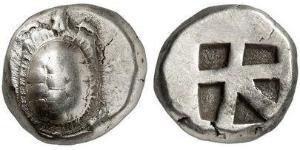
1 Stater Antikes Griechenland (1100BC-33 ...
Diese Gruppe hat 16 Münzen / 6 Preise
Add coin to this group

1 Tetradrachm Seleukidenreich (312BC-63 ...
Diese Gruppe hat 23 Münzen / 21 Preise
Add coin to this group

10 Zloty Zweite Polnische Republik (1918 ...
Diese Gruppe hat 46 Münzen / 42 Preise
Add coin to this group
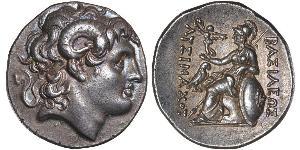
1 Tetradrachm Antikes Griechenland (1100 ...
Diese Gruppe hat 14 Münzen / 14 Preise
Add coin to this group
2025-05-25
- New coin is added to 1 Liard Austrian Netherlands (1713-1795) Kupfer
1 Liard Austrian Netherlands (1713-1795) Kupfer
Diese Gruppe hat 7 Münzen / 7 Preise
⇑
Austrian Netherlands - Liard 1791 - Head
2025-05-24
- New coin is added to 50 Franc Belgien Silber
50 Franc Belgien Silber
Diese Gruppe hat 3 Münzen / 3 Preise
⇑
1940, Kingdom of Belgium, Leopold III. Beautiful Silver 50 Francs Coin. AU-UNC! Mint Year: 1940 Mint Place: Brussels References: KM-121. Denomination: 50 Francs Condition: Lustre AU-UNC! M ...
Das könnte Sie auch interessieren:





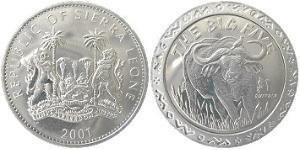
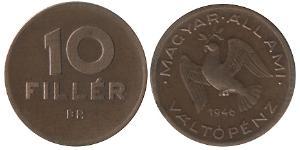

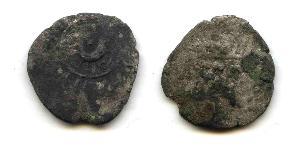
-300-150-NgSsHgTyCiIAAAGW1HxyjNgw.jpg)
